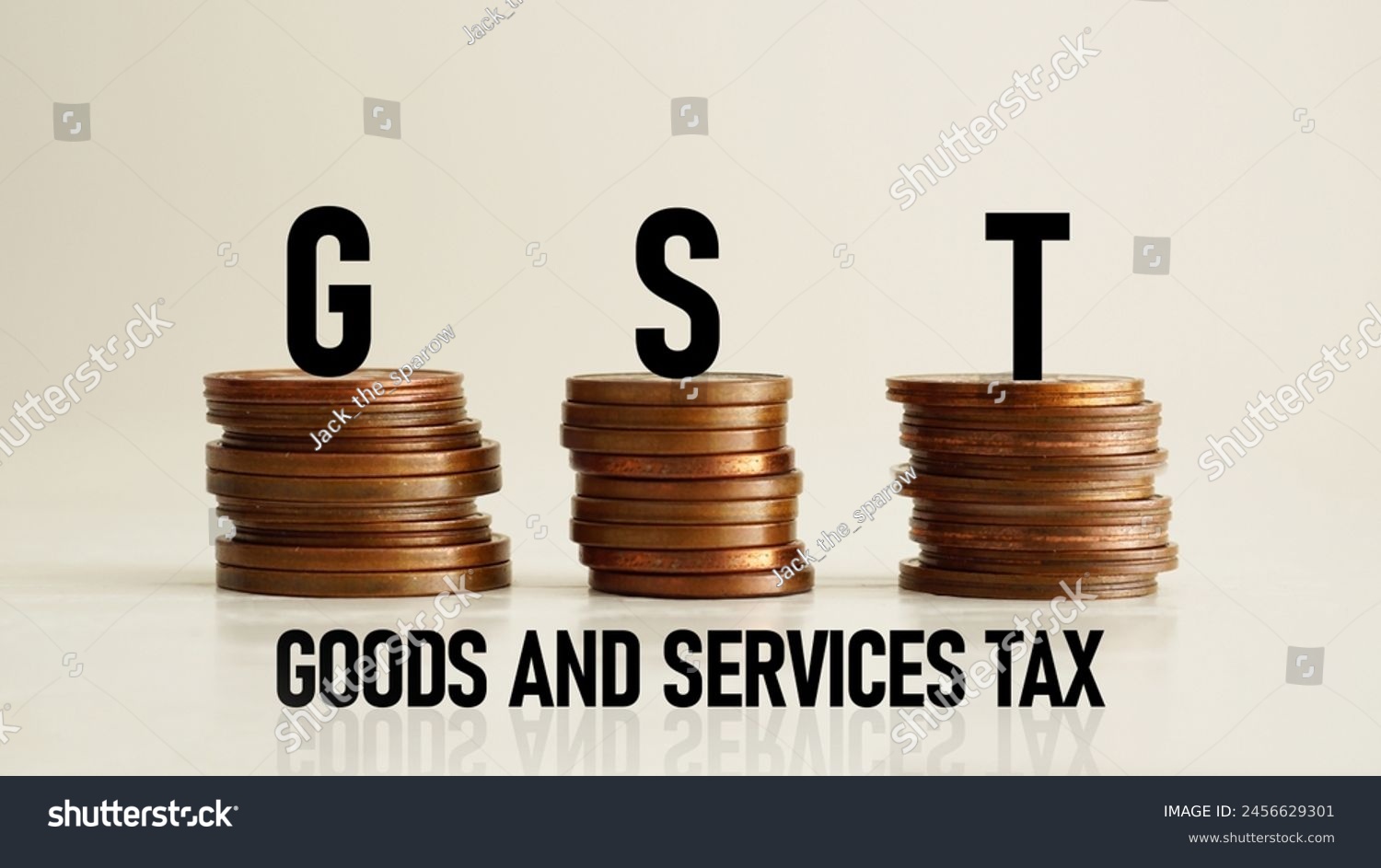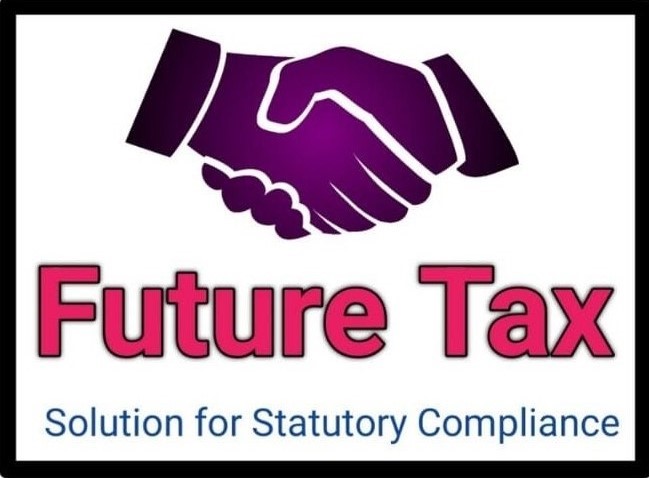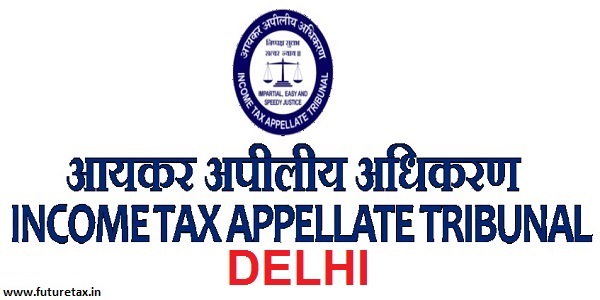
A Comprehensive Guide to Current GST Rates in India (2024)
- GST
- August 25, 2024
- No Comment
- 1964
- 12 minutes read
A Comprehensive Guide to Current GST Rates in India (2024)
The Goods and Services Tax (GST) in India, implemented on July 1, 2017, was a landmark reform that transformed the country’s indirect tax system. By subsuming various central and state taxes into a single unified tax, GST simplified the tax structure, making it easier for businesses to comply and for the government to monitor. However, GST rates are not static—they have evolved over the years to accommodate the changing needs of the economy. As we move through 2024, it’s crucial to stay updated on the current GST rates in India, which vary across different categories of goods and services.
Understanding GST: A Quick Recap
Before diving into the current rates, it’s essential to understand the structure of GST in India. GST is a destination-based tax, meaning it is levied at the point of consumption rather than the point of origin. It is categorized into:
- CGST (Central GST): Collected by the Central Government on intra-state sales.
- SGST (State GST): Collected by the State Government on intra-state sales.
- IGST (Integrated GST): Collected by the Central Government on inter-state sales and imports.
GST is levied at different rates depending on the type of goods or services. These rates are determined by the GST Council, which periodically reviews and revises them based on the needs of the economy.
GST Rate Structure in India
The GST rate structure in India is multi-tiered, with goods and services classified into different slabs. As of 2024, the primary GST slabs are:
- 0% (Nil GST Rate)
- 5%
- 12%
- 18%
- 28%
In addition to these, certain products and services may be subject to a cess over and above the 28% GST rate, primarily in the case of luxury goods, tobacco, and certain other items.
Detailed Breakdown of Current GST Rates (2024)
1. GST at 0% (Nil Rate)
The 0% GST rate applies to essential items, primarily those related to basic needs and welfare. Some examples include:
- Unprocessed food items: Fresh fruits, vegetables, meat, fish, eggs, milk, and curd.
- Education services: Services provided by educational institutions up to higher secondary level.
- Healthcare services: Services provided by clinical establishments, doctors, and paramedics.
- Books and newspapers: Printed books, journals, and newspapers.
- Agricultural goods: Seeds, fertilizers, and other products directly related to agriculture.
These items are exempt from GST to ensure affordability and accessibility for the general population.
2. GST at 5%
The 5% GST rate is applicable to items considered essential but not exempt from tax. This category includes:
- Packed and branded food products: Edible oils, tea, coffee, sugar, and certain types of cereals and pulses.
- Transport services: Rail and road transport (passenger transport), excluding luxury services.
- Agricultural implements: Certain tools and equipment used in agriculture.
- Life-saving drugs and medicines: Some essential drugs and medical devices.
- Footwear: Footwear priced up to ₹1,000.
The 5% rate aims to maintain affordability while ensuring tax compliance on goods that are widely consumed.
3. GST at 12%
The 12% GST rate is applied to goods and services that are slightly more expensive or less essential than those taxed at 5%. This category includes:
- Processed food items: Packaged food products, frozen vegetables, and fruit juices.
- Household appliances: Water heaters, refrigerators, washing machines, and electric cooking appliances.
- Medical devices: X-ray machines, diagnostic kits, and other medical instruments.
- Hotels and lodging: Hotel accommodation with room tariffs between ₹1,001 and ₹7,500 per night.
- Business class air travel: Domestic and international flights.
The 12% rate strikes a balance between affordability and revenue generation for the government.
4. GST at 18%
The 18% GST rate is one of the most commonly applied rates and covers a wide range of goods and services. Items under this category include:
- Consumer electronics: Mobile phones, computers, printers, and other electronic devices.
- Manufactured goods: Furniture, building materials, and many industrial goods.
- Restaurants: Eating out in non-air-conditioned restaurants.
- Banking and financial services: Fees charged for various financial services, including insurance.
- Telecommunications: Mobile and internet services.
- Work contracts: Construction services and other contract-based work.
The 18% rate is designed to be the standard rate for most goods and services in the economy.
5. GST at 28%
The 28% GST rate is reserved for luxury goods and services, as well as items that are considered non-essential or detrimental to health. This includes:
- Luxury cars and SUVs
- High-end motorcycles
- Cigarettes and tobacco products
- Aerated drinks and sodas
- Perfumes and cosmetics
- Hotel accommodation with room tariffs above ₹7,500 per night
In addition to the 28% GST, some items in this category also attract a cess, which varies depending on the product. For example, the cess on cigarettes can be as high as 290% or ₹4,170 per 1,000 sticks, whichever is higher.
Special GST Rates and Exemptions
Apart from the standard slabs, there are some special cases where different GST rates or exemptions apply:
- Gold and Jewelry: A special GST rate of 3% is applicable to gold, silver, and precious stones.
- Real Estate: GST on the sale of under-construction properties is 5% for affordable housing and 12% for other properties. However, the sale of completed properties (where the completion certificate has been issued) is exempt from GST.
- Petroleum Products: As of now, petroleum products like petrol, diesel, and natural gas are outside the purview of GST and are taxed separately under state VAT and central excise.
Recent Changes and Updates in GST Rates (2024)
The GST Council, which meets periodically to review and update the GST rates, made several changes in 2024:
- Reduction in GST on Renewable Energy Devices: To encourage the use of green energy, the GST on solar panels, wind turbines, and other renewable energy devices has been reduced from 12% to 5%.
- Increase in GST on Luxury Goods: Certain luxury items, including some high-end electronics and designer clothing, have seen an increase in GST from 18% to 28%.
- Revision of GST on Health Insurance: To promote health insurance coverage, the GST on health insurance premiums has been reduced from 18% to 12%.
These updates reflect the government’s priorities in promoting sustainable practices, enhancing healthcare access, and increasing revenue from luxury consumption.
Impact of GST Rates on Businesses and Consumers
The multi-tiered GST rate structure has a significant impact on both businesses and consumers:
- For Businesses: The GST rates determine the pricing of goods and services, affecting profit margins, cash flow, and compliance costs. Businesses must stay updated on rate changes to adjust their pricing strategies and maintain compliance.
- For Consumers: GST rates influence the final price of goods and services, affecting consumer spending behavior. Higher rates on luxury items can discourage consumption, while lower rates on essential goods make them more accessible.
How to Stay Updated on GST Rates
Given the dynamic nature of GST rates, it’s crucial for businesses, tax professionals, and consumers to stay informed:
- Monitor GST Council Announcements: The GST Council regularly issues notifications on rate changes, which are published on the official GST portal and other government websites.
- Use GST Rate Finder Tools: Several online tools and mobile apps are available that allow users to search for the applicable GST rates on specific goods and services.
- Consult Tax Professionals: For businesses, it’s advisable to consult with tax advisors to understand how changes in GST rates may impact their operations and compliance requirements.
Conclusion
The GST rate structure in India is designed to balance the government’s revenue needs with the goal of making goods and services affordable for consumers. As of 2024, the GST rates continue to evolve, reflecting changes in the economy, consumer behavior, and government policy. Staying informed about the current GST rates is essential for businesses to ensure compliance, for consumers to understand pricing, and for policymakers to fine-tune the tax system.
Whether you’re a business owner, an accountant, or simply a consumer, being aware of the latest GST rates will help you make informed decisions, optimize costs, and avoid any unpleasant surprises at the checkout counter.
4o




